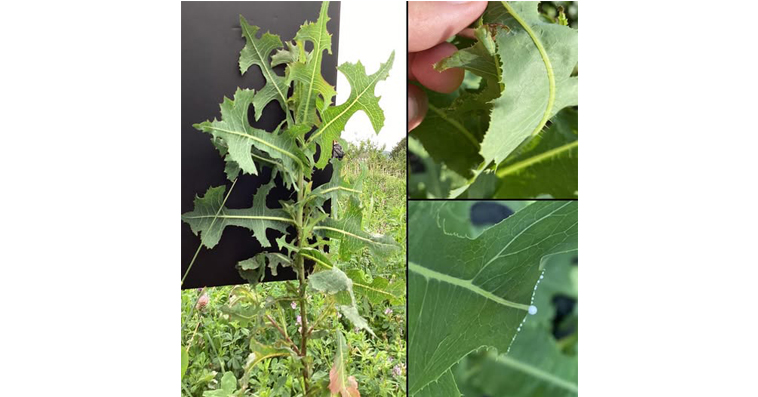No More Bed Bugs: The Power of Baking Soda
Bed bugs can be a nightmare to deal with, but you don’t have to rely on harsh chemicals to get rid of them. If you’re looking for a natural and effective solution, baking soda might be the answer. Here’s how you can use baking soda to kill stubborn bed bugs and keep your home bug-free.
How Baking Soda Works Against Bed Bugs
Baking soda is a powerful, non-toxic ingredient that can help eliminate bed bugs. It works by drying out the bugs and causing internal bleeding, which ultimately kills them. The small granules of baking soda are abrasive and sharp enough to damage the bed bug’s exoskeleton. Once the bed bug comes into contact with it, the baking soda sucks the fluids out of their body, leading to dehydration and death.
Step-by-Step Guide to Using Baking Soda for Bed Bugs
Ingredients Needed:
- Baking soda
Instructions:
- Identify Problem Areas: Start by identifying the areas where you suspect bed bugs are hiding. These typically include cracks and crevices around your bed, mattress, furniture, and floorboards.
- Sprinkle Baking Soda: Take some baking soda and sprinkle it generously around the suspected bed bug hotspots. Pay attention to places where bed bugs may be hiding, such as seams of mattresses, bed frames, and furniture joints.
- Leave for a While: Allow the baking soda to sit in the affected areas for several hours or overnight. The longer it stays, the more effective it will be in drawing out the bed bug’s fluids and damaging their exoskeletons.
- Vacuum: After the waiting period, thoroughly vacuum the areas where you applied the baking soda. Make sure to get rid of all the powder and dead bed bugs to prevent any further problems.
Why Baking Soda Works for Bed Bugs
Baking soda’s abrasive nature is key to its effectiveness. The sharp particles can puncture the bed bug’s hard exoskeleton, causing injury and internal bleeding. Additionally, the powdery texture absorbs moisture, dehydrating the bed bugs and leading to their demise.
Important Considerations
- Temporary Solution: While baking soda is a natural and non-toxic method, it’s important to remember that this is just a temporary solution. It might not completely eliminate a heavy infestation. For severe cases, professional pest control might be necessary.
- Vacuuming Is Essential: After applying baking soda, don’t forget to vacuum the area. This will help remove both the baking soda and any bed bugs that have been affected, ensuring that your efforts are not in vain.
Conclusion
If you’re looking for a quick, easy, and natural way to combat bed bugs, baking soda might be your new best friend. While it may not be a permanent fix for large infestations, it can provide relief from those stubborn bed bugs in your home. Just remember to vacuum afterward, and consider combining this method with other pest control solutions for better results.


